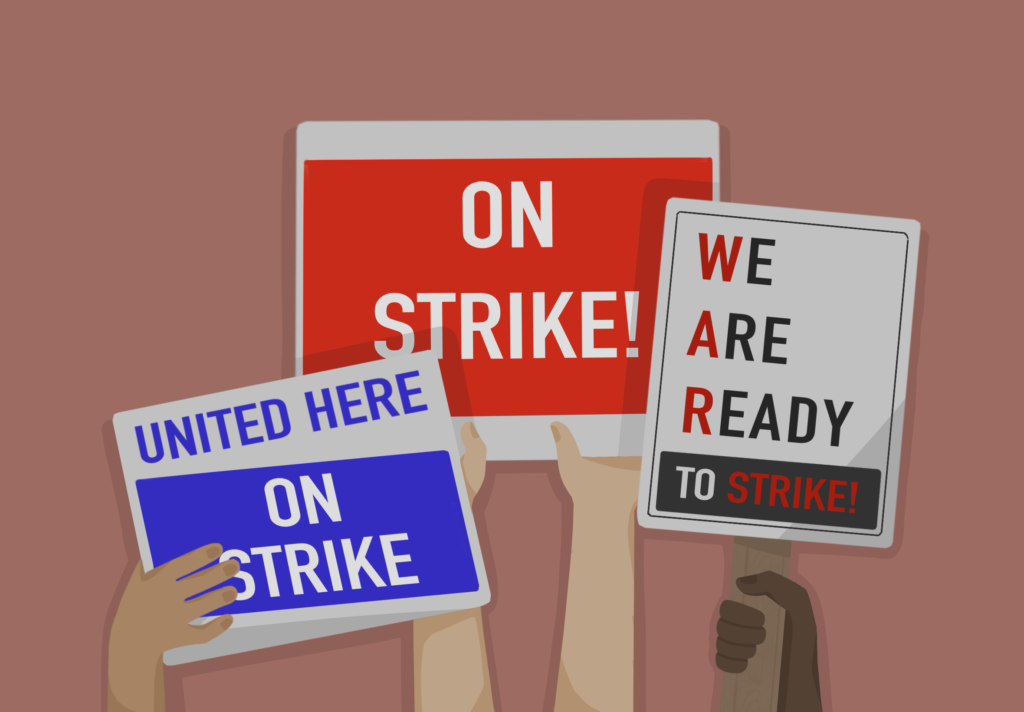Due to the ongoing pandemic, local government offices have adapted their mail-in voting procedures so that votes can be cast and processed in time for Election Day on November 3.
Although mail-in voting has historically been limited in the U.S., 34 states, including Connecticut, are now allowing all voters to mail in their ballots this year to ensure the health of their citizens. To protect the integrity of the election, local offices are working diligently to ensure that voting runs smoothly.
Local offices, such as the Town Clerk of Wallingford, have made a considerable shift in preparation for mail-in voting. Connecticut is a request-only state for mail-in ballots. To obtain a mail-in ballot, voters must submit an absentee ballot application to the Town Clerk’s office. Applications are available on the town website, at the Wallingford Public Library, and the Town Clerk’s office. Applications have also been sent out by Connecticut’s Secretary of the State to all registered voters. Voters should fill out the ballot with their personal information and either mail it back to the Town Clerk’s office or leave it in one of the designated drop boxes located around town.
The last day to register to vote absentee is Tuesday, October 27, one week before the election. Those who submitted their applications at the start of the mail-in ballot request period may have received their official ballots as early as October 5. If someone receives an application but decides they want to vote in person, they are instructed to not return their application.
It is important to note that the mail-in ballots must be returned in two envelopes: a secrecy envelope that requires the voter’s signature on the back and a mailing envelope in which the secrecy envelope is enclosed. If one of these required envelopes is missing, the ballot will not be counted.
Connecticut has tried to make absentee voting accessible by pre-stamping all mail ballots. All Wallingford ballots will be transported via the U.S.Postal Service to the Town Clerk’s office, locally.
“The mail is not getting processed out of town, so have faith in the USPS within the town,” Wallingford Town Clerk Ms. Barbara Thompson told Wallingford Government Television.
According to Ms. Thompson, in a traditional election cycle, there are six valid reasons to vote absentee: military deployment, absence from town hall during voting hours, illness, religious events/beliefs that preclude a voter from voting on Election Day, duties as an election official, and disability. By executive order of Governor Ned Lamont, all Connecticut residents are allowed to vote absentee for the 2020 election; a seventh justification, concerns over Covid-19, has been added to the ballot.
While USPS has always been involved with transporting absentee ballots during election cycles, the Postal Service is now a more crucial player than ever before. “There’s a lot going on behind the scenes,” said Ms. Maureen Marion, Regional Strategic Communications Manager at the Post Office.
The USPS has its own federal law enforcement agency, the United States Postal Inspection Service (USPIS), that handles all issues regarding mail fraud and tampering. Concerns and suspicions are taken seriously and violators are severely prosecuted.
“The USPIS is a diverse and highly technical organization ready to come to your help,” said Ms. Marion. As Ms. Thompson suggested, the USPS ensures that ballots arrive at their location expeditiously. Individual post offices are keeping “election logs,” which are scrupulous records of any modifications made to usual Post Office procedure. Since November is part of the holiday season, a time when the Postal Service is already heavily relied upon, extra time and energy will be dedicated to the safety of packages, mail, and especially mail-in ballots. The USPS suggests voters mail in their ballots at least ten days before the election.
Mr. Chad Elderkin, Wallingford citizen and first-time mail-in voter, heeded the advice to apply and send his ballot as early as possible. Mr. Elderkin sent his ballot on October 9, 23 days in advance. His main reason for voting by mail was the pandemic, but the process has other benefits: he does not have to skip work or wait in long lines to cast his vote.
Conversely, HPRSS and English teacher Mr. Ned Gallagher plans to vote in person as he did in the primary elections. The pandemic has made it easier for some who choose to vote in person; the lines were considerably shorter during Mr. Gallagher’s visit.
Despite feeling positive about the election and his vote, Mr. Gallagher said, “I do worry about voter suppression in some states and about efforts to delegitimize results from mail-in ballots … I hope the latter does not become something that results in uncertainty about the election outcome.”
In her first voting experience, Trista LeBlanc-Serbyn ’22 voted by mail as well. “I feel so lucky to be turning 18 just in time to vote and have my voice heard,” she said.
Any Connecticut citizen that will turn 18 before or on Election Day can register to vote prior to their 18th birthday.
LeBlanc-Serbyn registered to vote using HeadCount.org — one of various online registry sites — and the Connecticut state website, which she said took her roughly five minutes.
She encouraged her peers who are capable of voting to do so. “I know many of us feel skeptical of the process or hopeless as to whether or not our voices even make a difference. Please make your voice heard in a vote. It’s time for us to play our part!”




